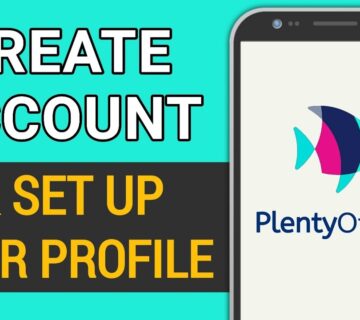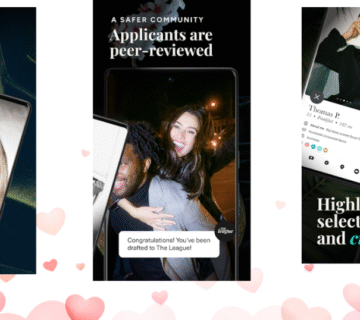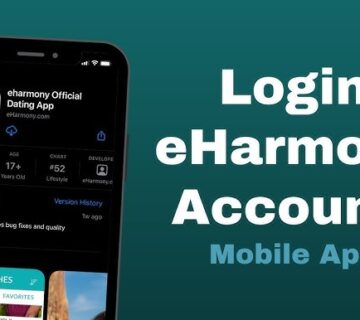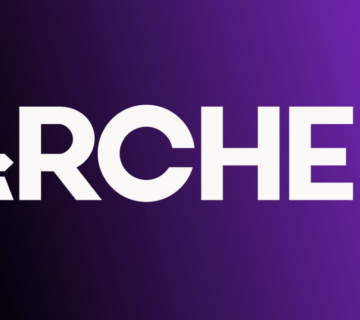In 2025, the online dating landscape is more vibrant and competitive than ever. With a broad spectrum of users ranging across all age groups, preferences, and lifestyles, the market offers vast opportunities for the creators of innovative dating platforms. However, building a dating app today demands more than just a slick interface; it requires a blend of cutting-edge technology, robust safety features, engaging user experiences, and smart marketing strategies Dating App Development in 2025.
This guide walks entrepreneurs and developers step-by-step through the process of dating app development in 2025—from ideation and feature planning to technology stack selection, monetization, and business listing optimization essential for discoverability and trust.
Why 2025 Is the Perfect Time to Build a Dating App
The global online dating market is booming, projected to surpass $7.5 billion in revenue in 2025 alone. Factors driving this growth include:
-
Ubiquitous smartphone adoption and high-speed internet availability
-
Growing social acceptance of online dating across generations
-
Demand for niche and personalized matchmaking experiences
-
Rising user expectations for safety, privacy, and authenticity
Successful dating apps of 2025 smartly combine technological innovation with human-centric design and value-driven matchmaking.
Step 1: Research and Define Your Target Market
Before development begins, extensive market research is essential:
-
Analyze competitors and their features.
-
Identify underserved or niche segments like LGBTQ+, seniors, single parents, or faith-based communities.
-
Gather user insights through surveys or focus groups to identify pain points and desires.
-
Define the primary user persona your app will serve.
Clear market positioning ensures relevance and helps tailor features to your audience.
Steps 2: Planning Core Features and Experience
Essential Feature List
-
User profiles with photos, bios, and detailed preferences
-
AI-powered matchmaking considering behavior, interests, and communication style
-
Geo-location matching with adjustable distance filters
-
Secure messaging with multimedia and video call support
-
Privacy controls: profile visibility, anonymous browsing
-
Verification methods: photo ID, social login, biometric authentication
-
Push notifications for matches and messages
-
User reporting, blocking, and moderation tools
Advanced Features for Differentiation
-
Gamification: quizzes, swipe streaks, reward systems
-
Community forums and events integration
-
Virtual and augmented reality date experiences
-
AI chatbots guiding conversations and offering dating advice
-
Adaptive user interface supporting accessibility needs
Step 3: Choose Your Technology Stack
Selecting the right technology ensures performance, scalability, and security:
-
Frontend: React Native, Flutter (cross-platform), Swift (iOS), Kotlin (Android)
-
Backend: Node.js, Django (Python), Ruby on Rails
-
Database: PostgreSQL, MongoDB (Cloud-based for scalability)
-
Real-Time Communication: WebRTC, Twilio, or Agora for messaging and calls
-
AI & Machine Learning: TensorFlow, IBM Watson for matchmaking and content moderation
-
Cloud Services: AWS, Google Cloud, or Azure for hosting and storage
Step 4: Development Phases
-
Prototyping & UI/UX Design: Wireframes and interactive prototypes highlighting user flow and engagement.
-
MVP Development: Core features including user registration, profiles, matching, and messaging.
-
Testing & QA: Functional, security, and user acceptance testing across platforms.
-
Launch & Deployment: App Store and Google Play store deployment, with required certifications and compliance.
Steps 5: Monetization Strategies
-
Freemium model with basic free features and paid premium subscriptions.
-
In-app purchases: boosts, gifts, advanced filters.
-
Ad monetization with contextual and unobtrusive placements.
-
Affiliate marketing with dating-related services or local events.
Step 6: Business Listing Optimization for Visibility
In 2025, Google My Business (GMB) remains a crucial channel for organic app discovery. Optimizing your GMB profile includes:
-
Accurate app name, description, and website link.
-
Regular updates with posts about new features or promotions.
-
Collection and management of user reviews and responses.
-
Uploading engaging videos and screenshots showcasing app highlights.
-
Correct NAP (name, address, phone) details across all listings for consistency and SEO impact.
A well-managed GMB listing significantly improves local and global search rankings, builds trust, and drives downloads.
Learn how to claim and optimize your listing at Google My Business.
Step 7: Post-Launch Continuous Improvement
-
Monitor KPIs and user feedback actively.
-
Implement A/B testing for new features and UI tweaks.
-
Regularly update the app for security, performance, and content.
-
Expand marketing campaigns based on data-driven insights.
Leveraging AI Tools Throughout Development
AI technologies play vital roles in:
-
Creating smarter, nuanced match recommendations through machine learning models.
-
Automating moderation ensuring safe, harassment-free environments.
-
Enhancing customer support with AI chatbots offering 24/7 assistance.
-
Providing predictive analytics to optimize feature rollouts and user engagement.
Integrating AI empowers your app to offer personalized and secure dating experiences without losing human authenticity.
Read More: How to Start a Conversation on a Dating App: Proven Tips for 2025
Conclusion
Dating app development in 2025 requires a holistic approach combining sharp market insight, user-centered design, advanced technology, and comprehensive marketing strategies. Critical to success is the ability to provide personalized, safe, and engaging connecting experiences while utilizing tools like Google My Business to enhance app visibility and user trust.
This in-depth guide has been crafted to provide entrepreneurs and developers with a practical roadmap that balances modern technology with the timeless human desire to find connection.








[…] guide breaks down the key elements of dating app development, explores current trends and costs, and reveals how to leverage tools like business listings for […]